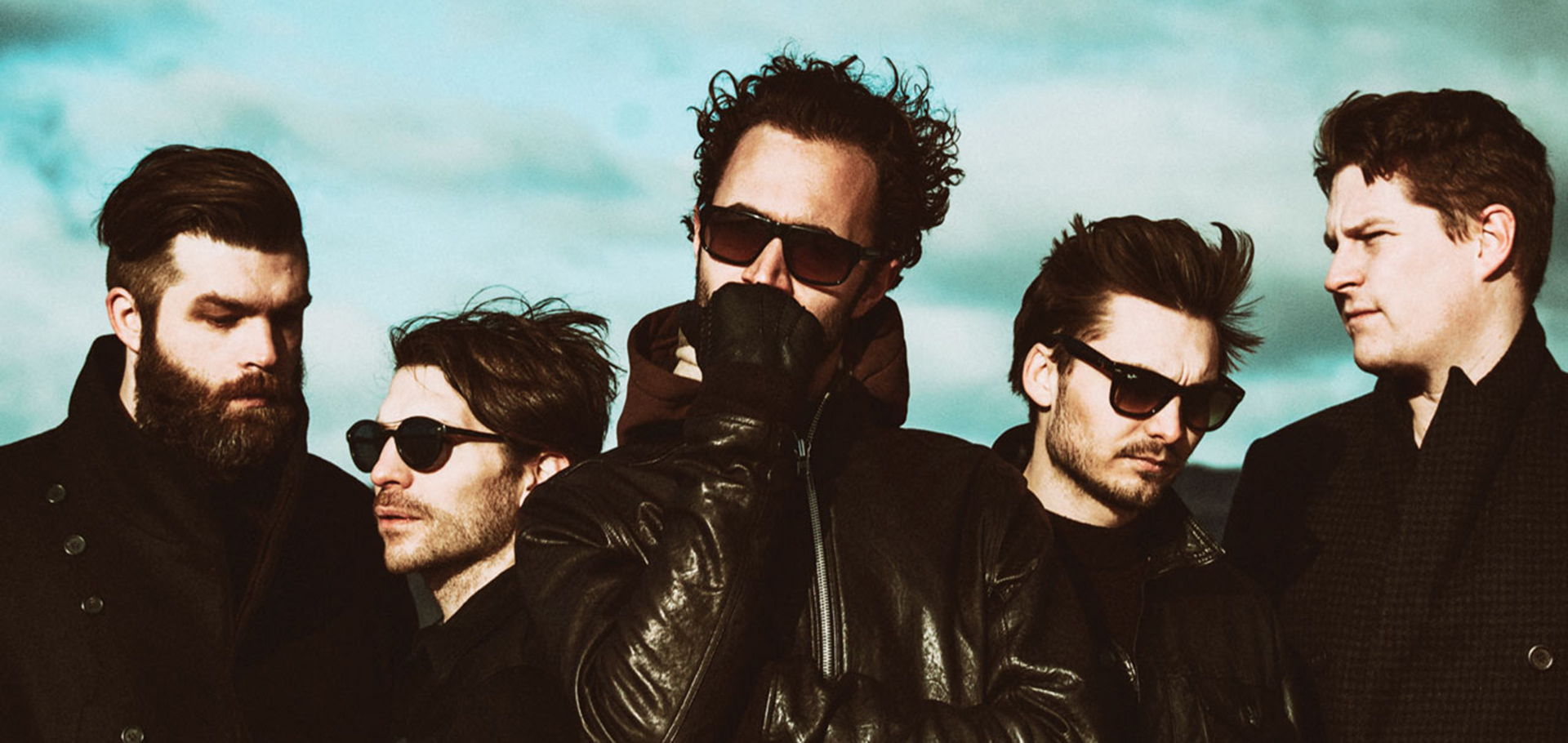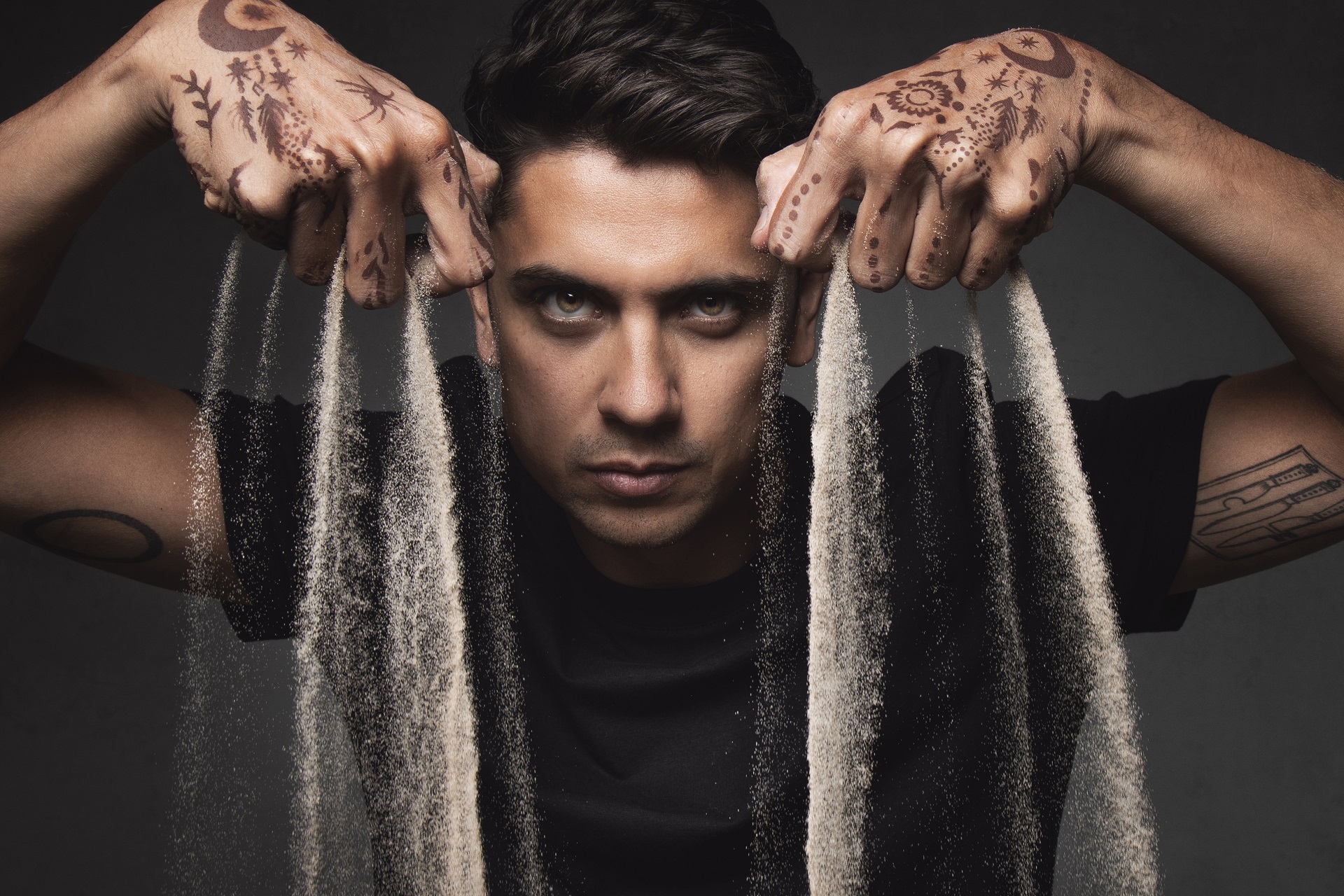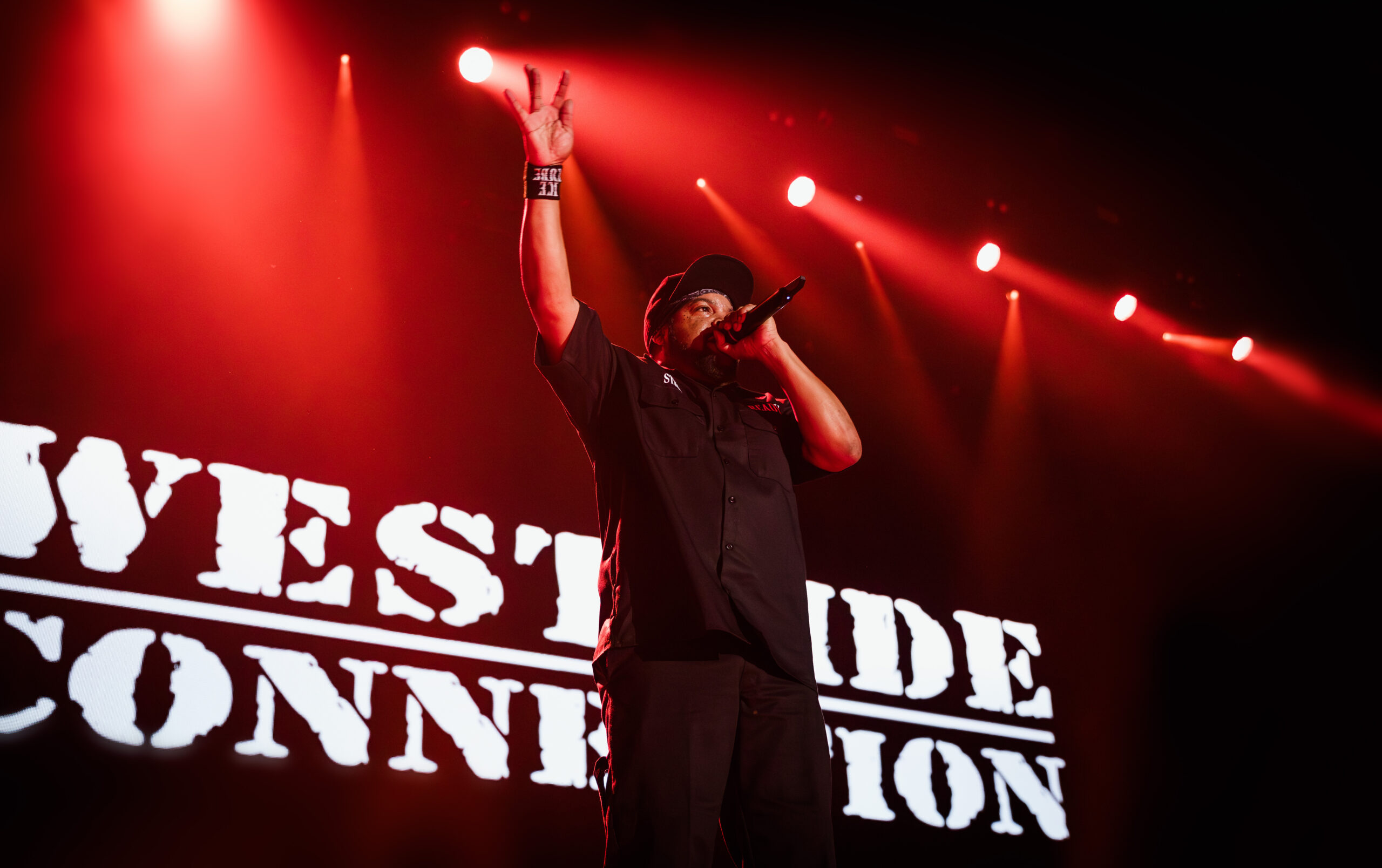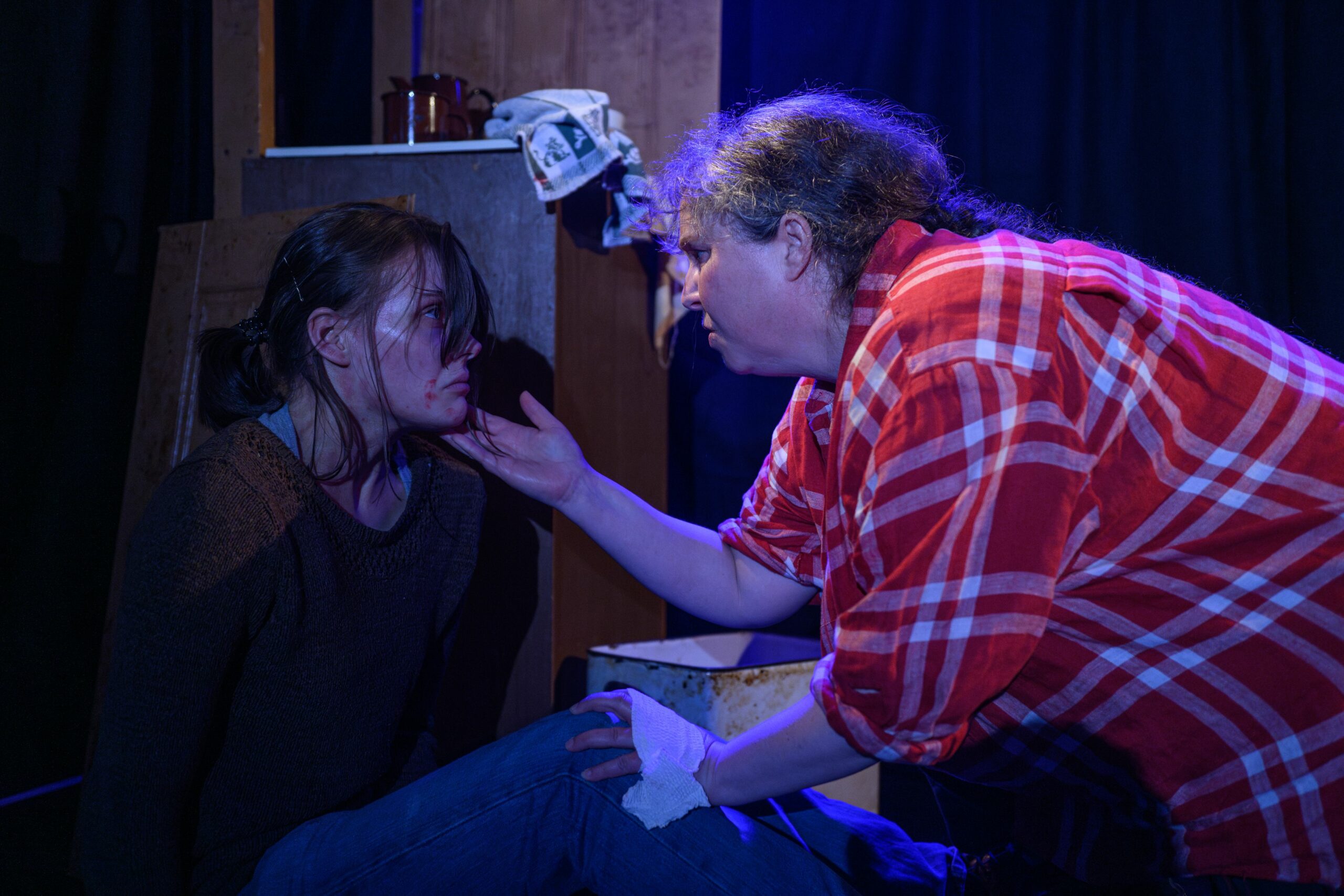With millions of album sales in the bank and a world tour, Editors have come a long way since The Back Room in 2005. Ten years on, the release of their first new music in two years, through a secretive pressing of singles No Harm and the seven-odd minutes long Marching Orders, has laid the groundwork for an album with a distinctly more electronic feel. Drummer Ed Lay talks ahead of touring their fifth studio album, In Dream, next month. They play the 02 Academy Leeds, 17 Oct, and Manchester Academy, 22 Oct.
Why did you decide to release No Harm secretively and donate Marching Orders to Oxfam for sale in their stores?
At a time when there is so much music available and so many bands around, we wanted to re-engage with the fan base we have built up over the last 10 years. By releasing a secret track on a disk that was available to the public, it felt a bit like we were going back to a more hands-on, low-tech method of promoting our band. It was a really positive way of doing so, and people enjoyed the hunt, and it was that little bit of mystery that got people talking.
In a similar manner, the Marching Orders vinyls were a test pressing – they would just have been melted down for another record – but by putting them into Oxfam shops we could make something that was collectable. We hid them away in Oxfam shops to encourage people to give money to charity and listen to our music at the same time.
You escaped to an isolated retreat in Crear to begin In Dream. How did the location affect the process and the finished album?
Crear is a creative space about 30 minutes from the nearest town on the west coast of Scotland. It is rugged, and exposed to the elements, so it meant we were working in isolation – which gave us the focus that we wanted. We all have our separate family lives, but we wanted to really get to know each other as a band in the writing of this record, and Crear gave us that opportunity.
The space was open to all of us all of the time. There were no rooms to divide the studio we created in the hall, so everyone could give their opinions on what was being recorded. Being able to work to our own schedule in a place with ever changing views and atmosphere certainly gave us a lot of inspiration.
How did touring the past two years influence In Dream?
I don’t feel that touring gave that much inspiration to this record, other than the fact that we all wanted to get into the studio and work on new music as soon as we finished in September 2014. It is fantastic to be able to travel and play songs for our fans, but touring is about creating a moment of excitement and emotion with the songs that we already have, rather than producing a new piece of work, which challenged us in very different ways.
There is a noticeable shift towards electronica in this album. Why?
The last record we made, The Weight Of Your Love, was a fairly traditional rock record, and was the sound of us starting a new band after the departure of Chris, our guitarist. Now we have a really firm bond between the two new members, Justin and Elliott, and the three original guys, which has meant the music we are making has more of our collective tastes stamped on it. We felt that we could be creative with sounds and structures, and by using electronic gear and methods it allowed us to capture so many different moods that really suited the songs written for the record.
It’s the first Editors album to feature a collaboration with another artist. What made you decide to ask Slowdive’s Rachel Goswell?
We’ve been interested in getting a female voice on a few songs since our second record, but we never got around to it before now. We had seen Slowdive on their tour last year, and we knew that Rachel may be interested, so we asked if she would like to join us for a few days of singing up in Scotland to see if anything would stick. What appealed to me was that her voice is so opposite to Tom’s, and she had loads of opinions of where it should sit in the tracks we did together.
Alan Moulder was left to mix the tracks without any band involvement whilst Rahi Rezvani was given carte blanche with the photography and videography. Why did you choose to step back from these processes?
We have never pretended to be particularly good visual artists and have always found people outside of the group to create artwork and videos, but what we have never really ended up with was an entire album which felt totally linked with the music all the way from beginning to end. With Rahi, the way he listens to our music and transfers it first into a story, then into an image is pure art. He really is engrossed in the project, and there have already been a few moments where we have been slightly uncomfortable with an idea. The way he transfers his ideas on to an image have always wowed us.
With Alan Moulder, we have always been aware of his work, not least his partnership with producer Flood. He was top of our list to mix the record. We had a few tracks completed in late 2014 and he had a couple of days spare and he was willing to give them a try remotely. They came back with so much depth to them, and some really interesting effects that added to the vibe that we had achieved already in Crear, that we booked him in to finish the album, and didn’t feel any need to stand over his shoulder as he did so. I still haven’t met him, but when I do I’ll probably give him a big hug as he has got it spot on for me.
Stephen Delahunty







Leave a reply
Your email address will not be published.